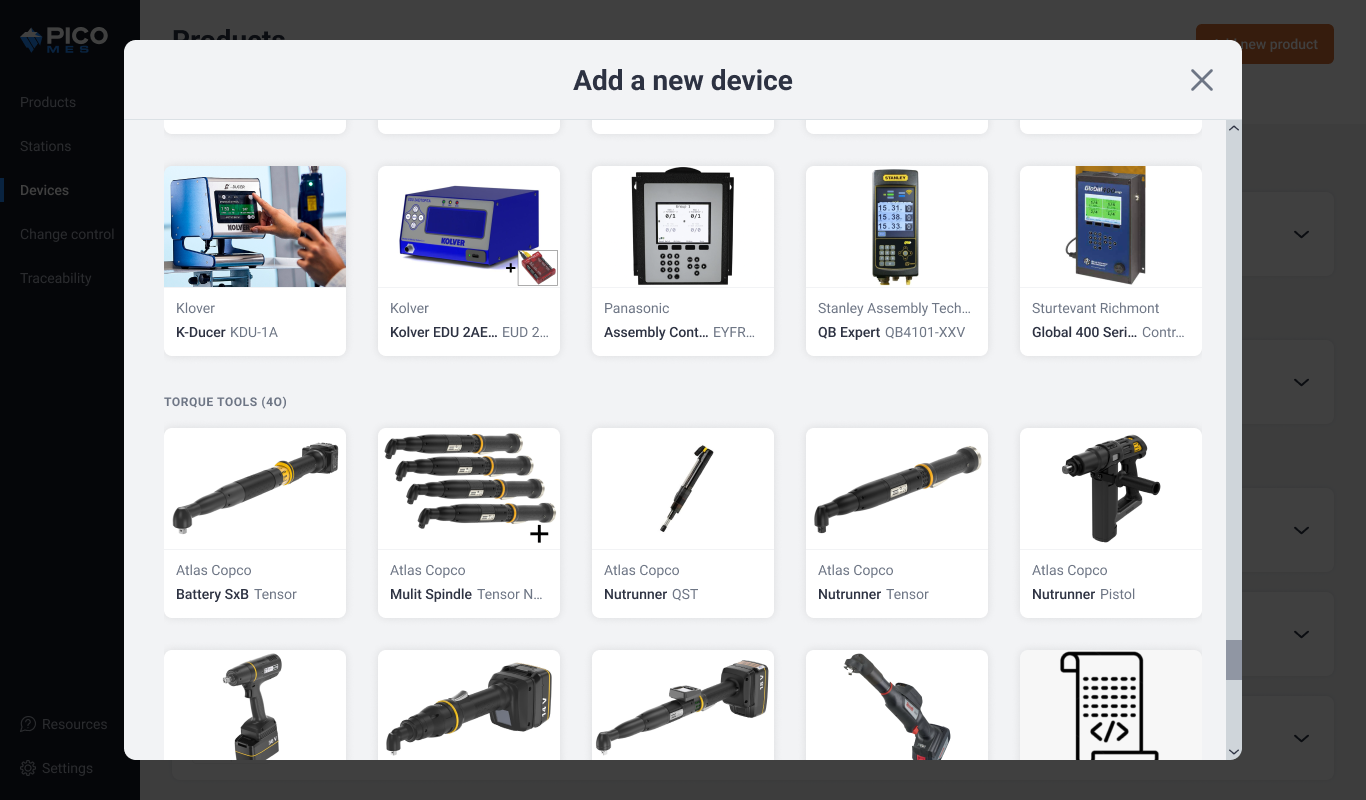#{ item.name }
#{ truncateText(item.metadescription) }
Lean manufacturing is a system built on one simple goal: do more with less. It’s not about cutting corners or squeezing your team—it’s about eliminating waste, improving flow, and empowering your workforce to solve problems.
Originally pioneered by Toyota, Lean is often associated with large automotive or aerospace manufacturers. But its principles are just as valuable for small and mid-sized factories. Why? Because Lean helps small teams unlock more output without adding more people, more machines, or more complexity.
Whether you’re dealing with frequent rework, bottlenecks on the line, or inconsistent processes, Lean gives you a path forward using the tools and people you already have.
Matthew Rassi, Lean manufacturing expert and advocate for right-sized solutions, explains: “Most people think that if everyone just gives their best, we’ll get better output. That’s not true. We need flow—not just speed.”
1. Define Value – Understand what the customer truly values, and focus your processes around delivering that.
2. Map the Value Stream – Document every step from raw material to finished product. Identify which steps add value and which create waste.
3. Create Flow – Eliminate stop-start delays by improving process flow. Think "highway traffic," not "drag race and brake."
4. Establish Pull – Produce only what’s needed when it’s needed. Avoid overproduction and minimize inventory.
5. Pursue Perfection – Build a culture of continuous improvement through small, frequent changes led by frontline workers.
Watch the full LinkedIn Live on-demand, featuring Matthew Rassi and Bryan Bauw
You don’t need a dedicated CI department or Lean Six Sigma belts to start improving. Here’s what Lean looks like for a small factory:
“Your operators deal with the problems every day. They know what bugs them. If you equip and listen to them, they’ll help improve the process.” — Matthew Rassi
Lean starts on the floor—but scaling it across your factory is much easier with the right digital tools.
These aren’t enterprise-only features anymore. With plug-and-play integrations and no-code MES platforms, digitization is now practical for even small teams.
“You can start on a whiteboard, but if you want to scale Lean, you need to digitize. It’s the only way to sustain improvement over time.” — Matthew Rassi
You don’t need to launch a six-month initiative. You just need a place to start.
Identify a bottleneck – Where are you losing time or quality?
Start small – Choose one station, one process, or one product.
Create standard work – Break down tasks into repeatable steps and make them visual.
Engage the team – Ask operators for input. Use their feedback to improve the process.
Track impact – Measure before and after. Celebrate wins. Share results.
Expand – Once you see results, roll out to the next area.
Sign-up for PICO's free digital work instructions tool to begin documenting standard work and empowering your team today. No strings attached.
What is Lean manufacturing in simple terms?
Lean manufacturing is a way to reduce waste and improve efficiency so you can get more done with fewer resources.
How do small factories benefit from Lean?
Small teams gain efficiency by standardizing tasks, solving daily problems, and making small continuous improvements.
Do I need software to start Lean manufacturing?
Not at first. But once you want to scale across multiple cells or shifts, digital tools make Lean much more sustainable.
What’s the first step to implementing Lean?
Identify one bottleneck and start a pilot project. Measure what’s slowing you down, create standard work, and iterate from there.
What are the 5 principles of Lean?
Define value, map the value stream, create flow, establish pull, and pursue perfection.
#{ truncateText(item.metadescription) }
Step into the future of factory operations with Pico MES. Start your journey toward a more efficient, error-proof factory floor today.
